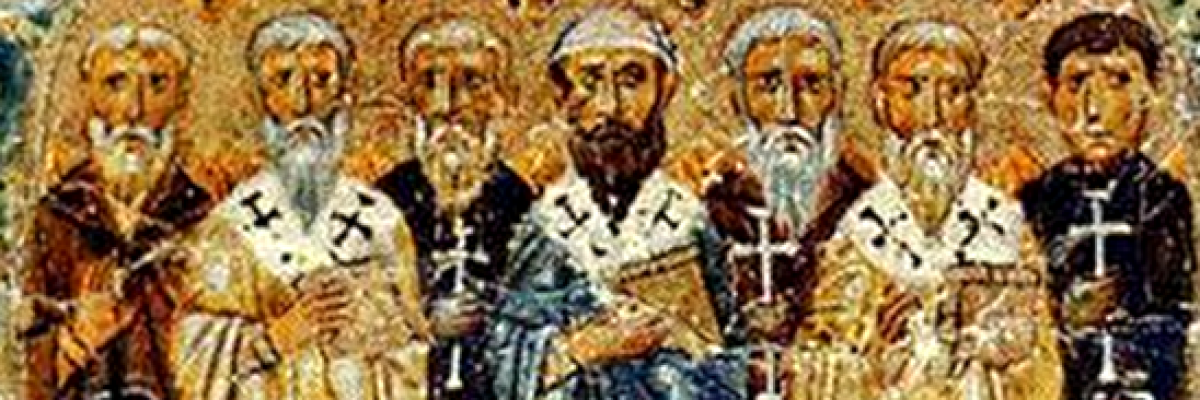
DAY 120
CHALLENGE
“The early Christians did not take Jesus’ words ‘This is my body’ and ‘This is my blood literally.’ They saw them as symbols.”
DEFENSE
The record shows that the Church Fathers interpreted these passages literally.
On the Fathers of the first and second centuries, Protestant patristics expert J.N.D. Kelly writes:
Ignatius roundly declares that . . . the bread is the flesh of Jesus, the cup his blood. Clearly he intends this realism to be taken strictly, for he makes it the basis of his argument against the Docetists’ denial of the reality of Christ’s body. . . . Irenaeus teaches that the bread and wine are really the Lord’s body and blood. His witness is, indeed, all the more impressive because he produces it quite incidentally while refuting the Gnostic and Docetic rejection of the Lord’s real humanity (Early Christian Doctrines, 197–198).
Concerning the Fathers of the third century, he writes:
Hippolytus speaks of “the body and the blood” through which the Church is saved, and Tertullian regularly describes the bread as “the Lord’s body.” The converted pagan, he remarks, “feeds on the richness of the Lord’s body, that is, on the Eucharist.” The realism of his theology comes to light in the argument, based on the intimate relation of body and soul, that just as in baptism the body is washed with water so that the soul may be cleansed, so in the Eucharist “the flesh feeds upon Christ’s body and blood so that the soul may be filled with God.” Clearly his assumption is that the Savior’s body and blood are as real as the baptismal water. Cyprian’s attitude is similar. Lapsed Christians who claim communion without doing penance, he declares, “do violence to his body and blood, a sin more heinous against the Lord with their hands and mouths than when they denied him.” Later he expatiates on the terrifying consequences of profaning the sacrament, and the stories he tells confirm that he took the Real Presence literally” (211–212).
Kelly concludes:
Eucharistic teaching, it should be understood at the outset, was in general unquestioningly realist, i.e., the consecrated bread and wine were taken to be, and were treated and designated as, the Savior’s body and blood (440).



